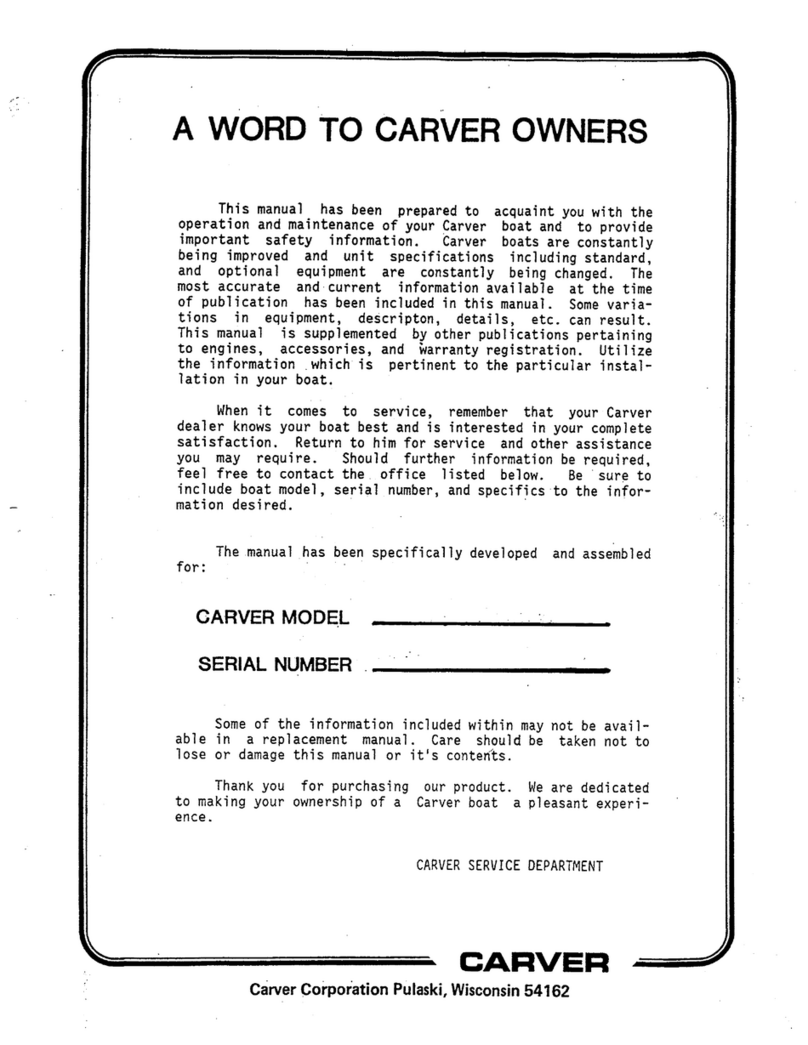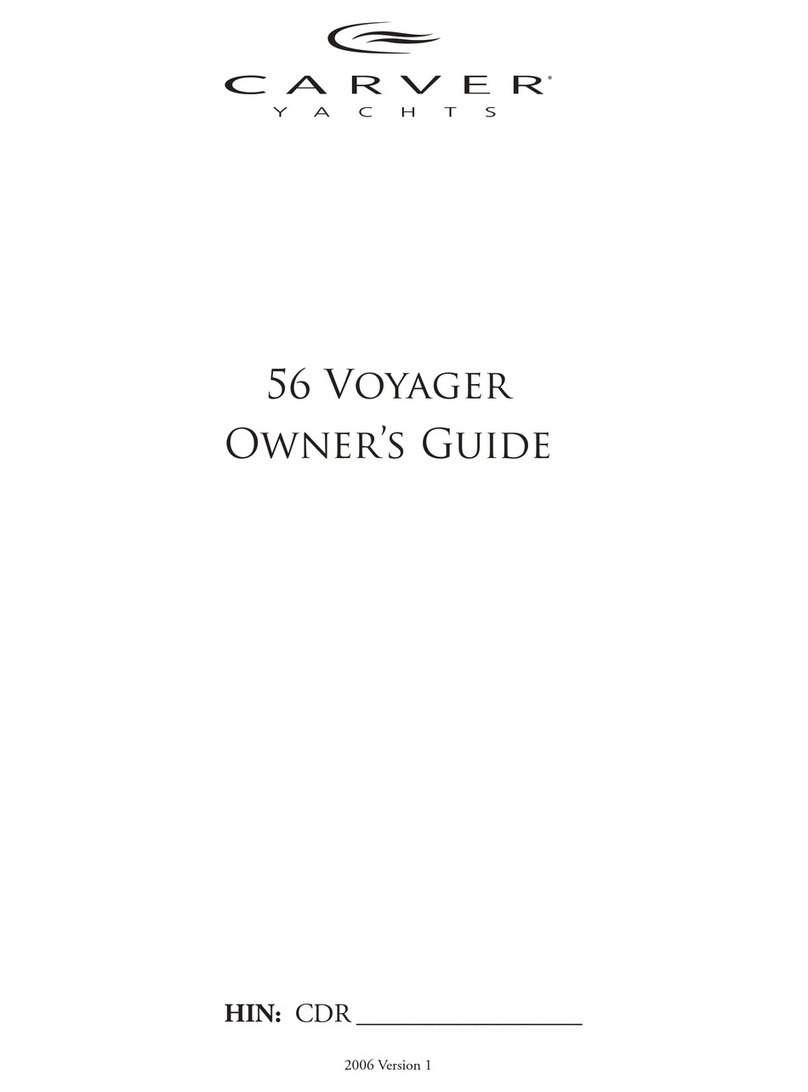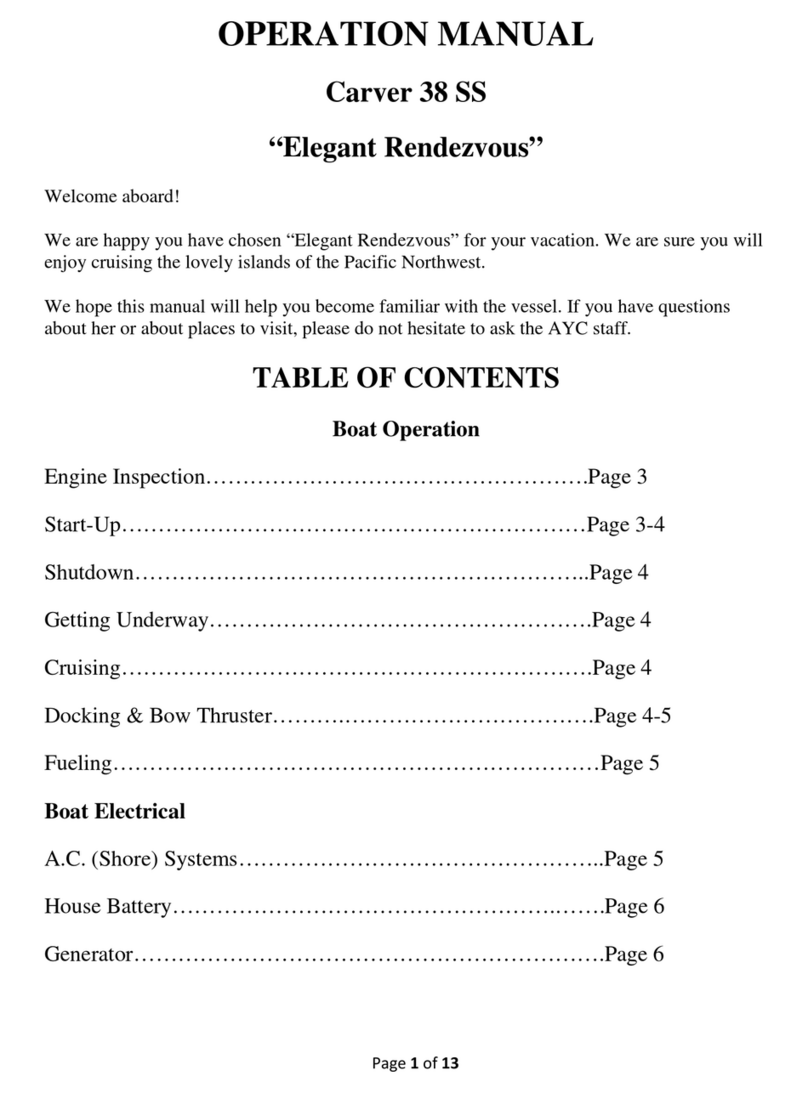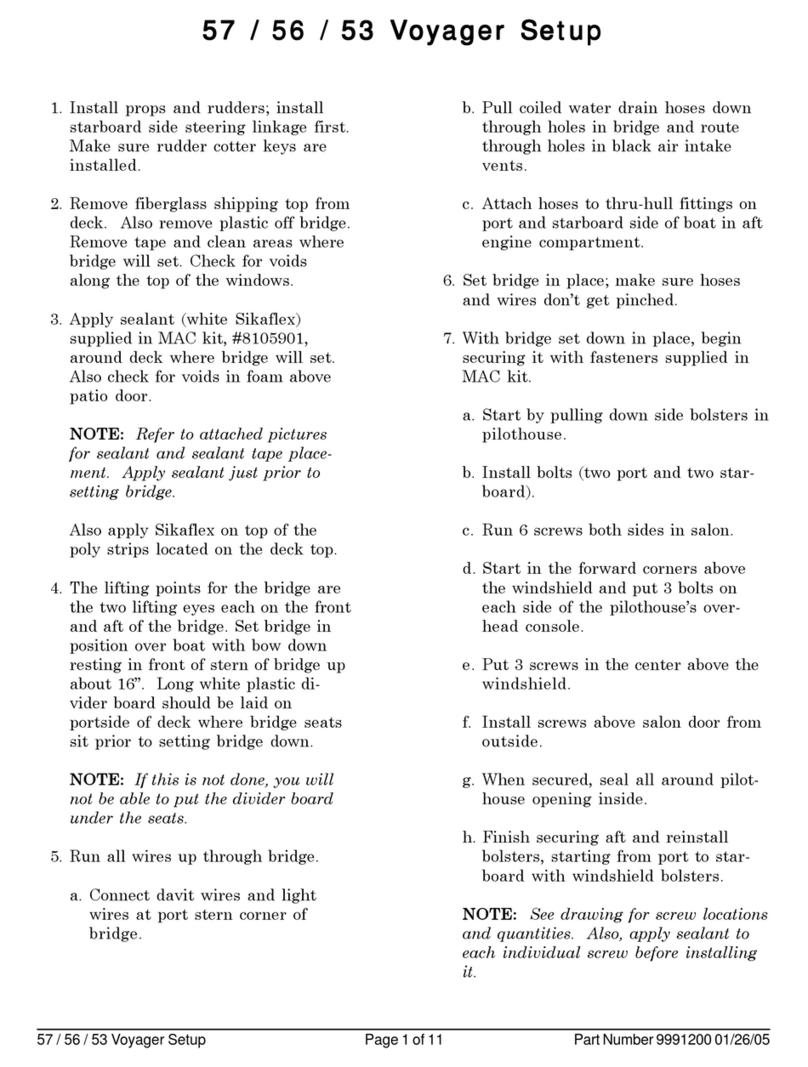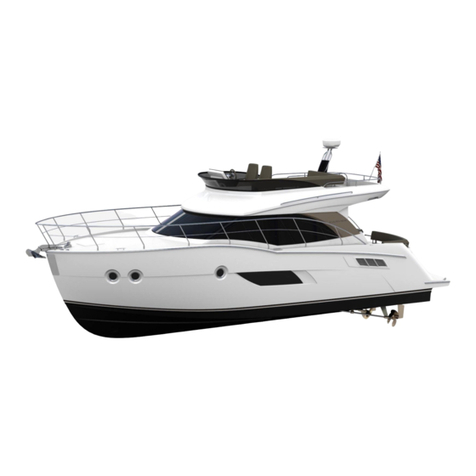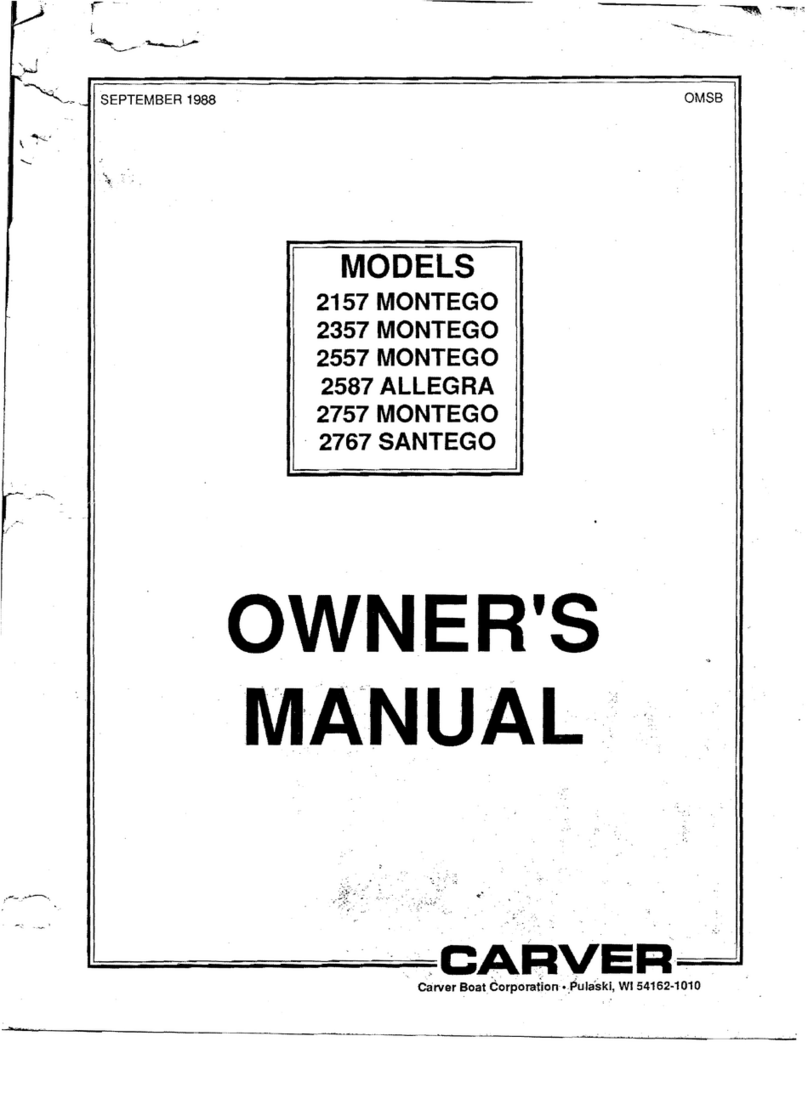
4
Engine Inspection
Remember your “WOBBS” every morning: Water (Coolant), Oil, Bilges (Inspect and Pump-out),
Belts and Sea Strainer.
Check the level of COOLANT by removing the cap on top of each engine and testing for coolant with
finger or other means. Check the level of OIL in each engine by checking your dipsticks located
centrally. Look at the etch marks on each dipstick that indicate the proper oil level. DO NOT
OVERFILL OIL! Only fill if oil levels are below the ½ way mark. Please use a paper towel or oil
rag, not the dish towels! Check the general condition of the BELTS, HOSES, and FUEL LINES.
Ensure the valve on each RAW WATER THRU-HULL is in the ‘open’ position (lever in-line with
valve).
Observe the glass of each RAW WATER STRAINER for debris. If necessary, close the seacock,
open the strainer cover, clean the strainer, and reassemble. Remember to reopen the seacock. Check
your generator fluids as well.
Start-Up
Before starting the engines, do your inspection. The engines are started from the flybridge helm
station.
Ensure GEARSHIFTS are in ‘neutral’, or the engines cannot be started because of the “neutral
lockout”. THROTTLES should be run up and down and then brought almost back to the idle
position. Insert both keys into the IGNITION SWITCHES. Normally, plan to start the port engine
first. Before starting engines, activate the EVC control panel as shown on pages 5, 6 and 7.
Turn the key fully clockwise to engage the engine. If the starter does not engage when the key is
turned, move the gearshift lever slightly until you find neutral and try again while turning key.
If the engine cranks slowly or fails to turn over, check the condition of the battery on the
ELECTRICAL PANEL.
Disengage the shift function and move the THROTTLE to raise the engine speed to 1000 rpm on the
TACHOMETER. Warm the engine for about 5 minutes before engaging transmission. Observe the
readings of the gauges. The oil pressure will register between 3 and 5 bars. The engine temperature
should rise slowly.
Note -- If oil pressure is low, shut down engine, and inspect engine compartment and look for
possible cause (for example, loss of oil.) Caution -- If an engine is overheating or there is lack of
raw water expelled in the engine exhaust, stop the engine immediately. Recheck the raw water-
cooling system to ensure the seacock is ‘open’ (handle in-line with valve). Next, check the raw water
strainer for debris. Remove the strainer, clean, re-assemble, and reopen the raw water intake valve
(seacock). Restart the engine and re-check water flow from the exhaust. If water is not flowing
properly, the RAW WATER PUMP may need to be serviced. Seek help.
Shut-Down
Before shutting down, allow the engines ‘idle’ for about 5 minutes to cool them gradually and
uniformly. The time engaged in preparing to dock the boat is usually sufficient. Ensure each

